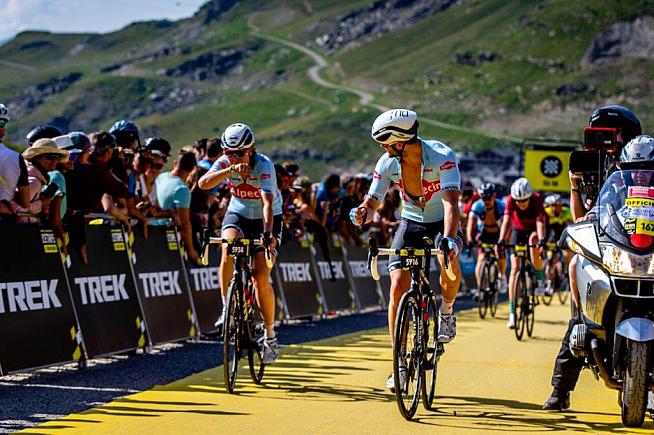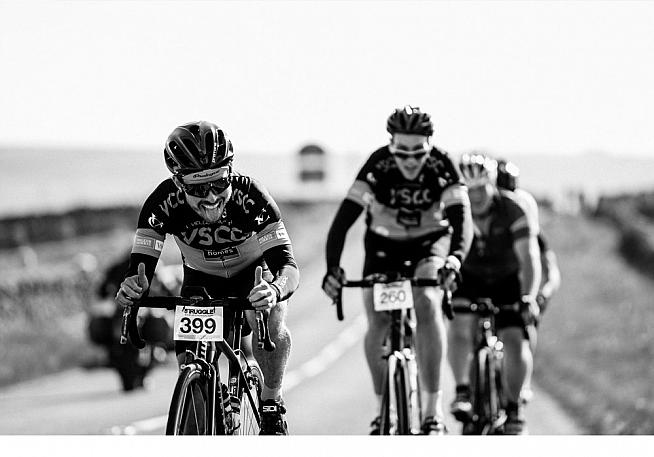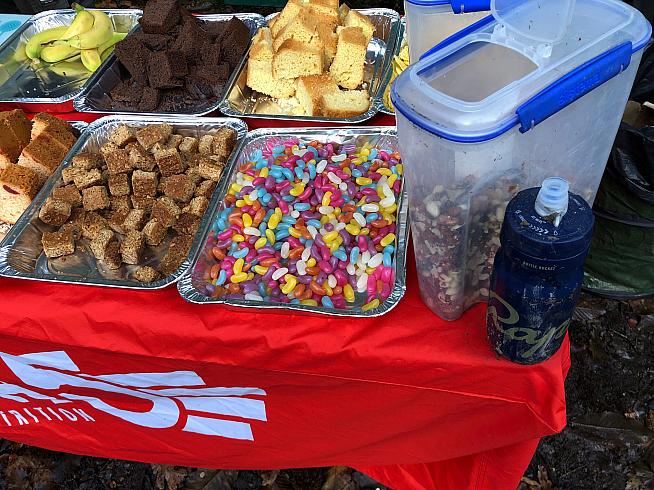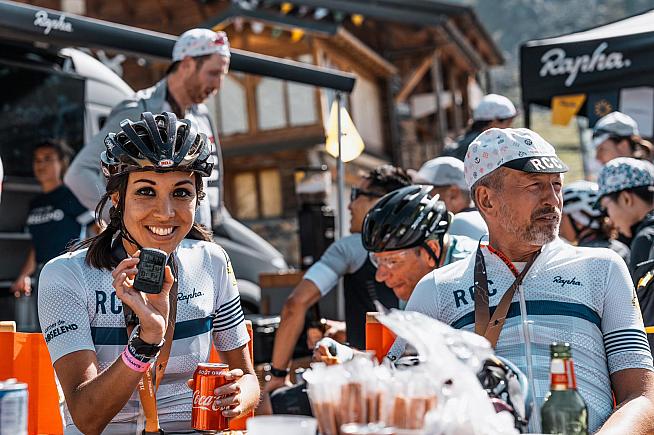Preparing for a challenging long-distance cycling event like a sportive or Gran Fondo requires a well-structured training plan and a focus on building endurance and overall fitness.
By incorporating specific strategies into your training regimens, such as adaptation weeks, stretching, recovery, core training, and utilising data analytics, you can optimise your performance and enhance your chances of successfully completing the event.
Here are some of the important aspects to consider as you prepare for a Gran Fondo event.
1. Develop an Effective Training Plan
To effectively train for a Gran Fondo, it is important to develop an effective training plan. This plan should include a combination of long-distance rides, interval training, and rest days.
Long-distance rides should be the backbone of your training plan. These rides should gradually increase in distance and intensity to help build endurance and prepare your body for the demands of the event. It is important to listen to your body and not push yourself too hard, too fast.

Interval training is also an important component of a training plan. These workouts should focus on building strength and power through short, intense bursts of effort. This type of training can help improve your ability to tackle challenging climbs and accelerations.
Rest days are just as important as training days. These days allow your body to recover and prevent injury. It is important to listen to your body and take rest days as needed.
Consider seeking guidance from a qualified cycling coach or using online resources to create a personalised training plan tailored to your specific goals.
2. Incorporate Adaptation Weeks
Incorporating adaptation weeks into your training plan is essential for recovery and preventing overtraining. Every few weeks, reduce the training load and intensity to allow your body to adapt and recover. During these weeks, focus on lower-intensity rides, flexibility exercises, and active recovery activities such as yoga or light cross-training.
Adaptation weeks promote physiological adaptation, reduce the risk of injury, and ensure that you're consistently making progress throughout your training. Adaptation week should be usually implemented after three harder weeks of training.
3. Use Data Analytics Tools

Using data analytics tools such as power meters and heart rate monitors can provide valuable insights into your training progress. These tools allow you to monitor your effort levels, track your heart rate zones, and measure power output.
Platforms like Strava, TodaysPlan, TrainingPeaks or more advanced software like WKO5 can provide comprehensive training data analysis and can help you record your training history, evaluate your performance and enables you to predict your overall training load, fatigue or freshness.
Analysing your data helps optimise your training and ensure that you're working within the appropriate intensity zones to improve endurance and stamina. It can also help you understand if you are training too much or too little.
4. Focus on Aerobic Endurance
Building a strong aerobic endurance base is crucial for long-distance cycling events. Aerobic endurance are all the training zones below your threshold, and this is where you'll spend the majority of time during an event like a Gran Fondo.
The most important zones for your training are Zone 2 or "Endurance Zone" (roughly 60-80% of FTP) and Zone 3 or "Tempo"/"Sweet Spot" zone (roughly 85-95% of your FTP). You can use our training zones calculator if you are unsure, or calculate your FTP here if you don't know your threshold.
Focusing on these zones during longer rides help improve your body's ability to utilise oxygen, enhance cardiovascular fitness, and develop the muscular endurance necessary for a Gran Fondo. Gradually increase the duration and distance of your aerobic rides to challenge yourself and progressively build your endurance.
5. Develop Fatigue Resistance
Gran Fondos often test your ability to resist fatigue and sustain effort over long periods. Fatigue resistance is basically indicating how much power you are losing after riding X amount of time.

Gradually increase the intensity and duration of your intervals as your fitness improves. This type of training improves your lactate threshold, increases your VO2 max, and enhances your ability to sustain a higher intensity for longer durations.
6. Stretching and Core Training
Stretching exercises can improve flexibility, prevent muscle imbalances, and enhance overall performance. Prioritise dynamic stretching before rides to warm up your muscles and static stretching after rides to promote recovery and increase flexibility.
Additionally, include regular, once a week core training exercises to improve stability, power transfer, and cycling efficiency. Strong core muscles help maintain proper posture and technique during long rides, reducing the risk of fatigue and injuries. You can also implement a yoga session once a week which offers similar benefits as stretching and core training.
7. Nutrition and Hydration

Proper nutrition and hydration are critical for optimal performance during a Gran Fondo. Fueling your body with the right nutrients before, during, and after your rides is essential for maintaining energy levels and aiding in recovery.
Consume a well-balanced diet that includes carbohydrates for energy, lean proteins for muscle repair, and healthy fats for sustained energy.
During your long rides, practise your nutrition and hydration strategies, experimenting with different foods, energy gels, and electrolyte drinks to find what works best for you.
8. Mental Preparation
Training for a Gran Fondo isn't just physical; it's also a mental challenge. Long rides can be mentally demanding, and maintaining focus and motivation is crucial. Prepare yourself mentally by visualising success, setting small achievable goals during your rides, and developing mental strategies to overcome fatigue and discomfort.
Practise positive self-talk and adopt a mindset of resilience and determination. Building mental toughness will help you push through difficult moments during the event.
9. Gradual Tapering
In the weeks leading up to the Gran Fondo, incorporate a gradual tapering phase into your training plan. Roughly two weeks prior to your event, reduce the volume and intensity of your workouts to allow your body to recover fully and ensure you're fresh for the event.
Tapering allows your muscles to repair, replenishes glycogen stores, and ensures that you're in peak condition on race day. You can use data analytics as mentioned earlier to help you with this.
With dedication, consistency, and the right training plan, you'll be well-prepared to conquer the challenges of a Gran Fondo and cross the finish line with a sense of accomplishment.

Jakub Novak is head coach at ProCyclingCoaching and a former World Tour cyclist. As a pro cyclist, Jakub rode for BMC Pro Racing Team alongside Tour de France winner Cadel Evans and World Champion Philippe Gilbert.
Jakub is a qualified coach and delivers remote coaching programs and training plans to cyclists of all levels. Visit his website for more information: www.procyclingcoaching.com.
0 Comments





